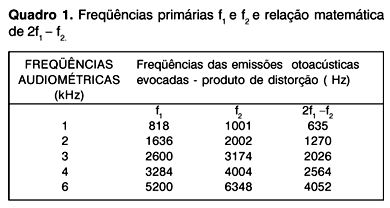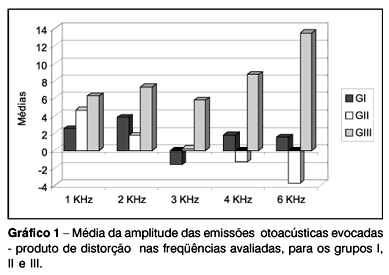Currently, legislations concerning worker's health only require periodic monitoring of individuals who are noise-exposed at work, and exposure to chemicals are not taken into consideration. However, the scientific literature indicates a very clear concern regarding the effects of lead on the auditory system, demonstrating that there are negative effects to the auditory system following occupational exposure to this metal. AIM: The aim of this study was to evaluate the amplitude of distortion product otoacoustic emissions (DPOAEs) among individuals with a history of exposure to lead and noise. STUDY DESIGN: Transversal Cohort. MATERIAL AND METHOD: We evaluated 69 individuals divided in 3 groups: Group I (GI): composed by 29 workers occupationally exposed to both lead and noise; Group II (GII): composed by 11 noise-exposed workers with no other exposure to ototraumatic, and Group III (GIII): composed by 11 individuals with normal hearing and no history of exposure to noise or lead. RESULTS: The results showed no effect of lead exposure on the otoacoustic emission results, since the smaller EOEPD amplitudes were observed in the noise-exposed group, despite the fact that the lead and noise exposed workers had a long history of lead exposure, and a wide variability in blood lead levels.
lead; otoacoustic emissions; noise; hearing loss








